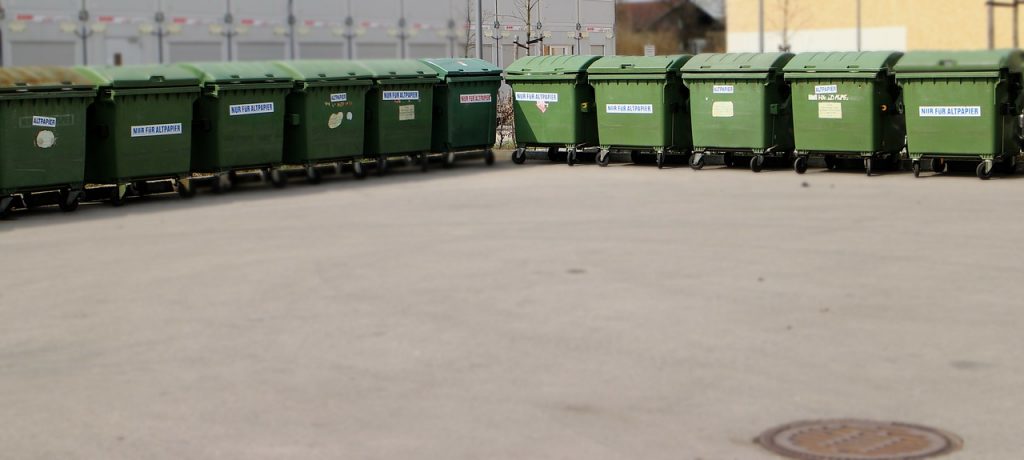
When businesses produce waste, it is often helpful to consult what is known as the ‘Waste Hierarchy’, which ranks waste management options according to what is best for the environment and human health.
As set out by the Government, it states that the top most priority is preventing waste in its entirety, with less suitable solutions marked beneath. It states that landfill is the solution that should be considered last:

Who must abide by the hierarchy?
Any business or organisation that produces or handles waste must take to all reasonable measures mentioned in the hierarchy. The hierarchy also applies to hazardous waste, which is sometimes exempt from certain regulations.
Who decides the priority order for waste material?
Guidance offered in the hierarchy is considered to be based on the best evidence available, although the Government admits that this may change as options and technology advances. For example, it states that:
“The current research shows that for food anaerobic digestion is environmentally better than composting and other recovery options.
“The evidence also indicates that for garden waste and for mixtures of food waste and garden waste, dry anaerobic digestion followed by composting is environmentally better than composting alone.”
It is also suggested that businesses and other organisations (such as councils) may wish to consider other factors when necessary to make decisions on waste, such as social and economic impacts.
Can the Waste Hierarchy save businesses money?
By following the Waste Hierarchy, businesses and organisations should be able to save money through its application. An organisation can:
- Plan how to apply the hierarchy
- Monitor the performance of the plans
- Detail what waste is being produced and make efforts to produce less
- Sort and segregate the waste produced to help recover its value
How can waste be prevented?
For those who want to find out how their business or organisation can save money, click here to launch the WRAP Waste Hierarchy Tool Page.
Businesses that produce and distribute goods could look into the production and manufacturing processes and analyse whether less material could be input or whether surplus material could be used by other companies or organisations.
Many businesses also look into packaging and shipping and are often able to curtail the amount of materials that they use. A company should also look into whether any materials or chemicals could be extracted from the waste for refurbishing and reuse; this concerns Waste Electrical and Electronic Equipment (WEEE).

